The New York Giants hold the No. 6 pick in the 2024 NFL Draft, which is scheduled for April 25-27 in Detroit.
The first 18 picks were finalized with the conclusion of the 2023 regular season. The remaining 14 are subject to the results of the upcoming postseason.
2024 NFL DRAFT ORDER
- Chicago Bears (via Carolina Panthers)
- Washington Commanders
- New England Patriots
- Arizona Cardinals
- Los Angeles Chargers
- New York Giants
- Tennessee Titans
- Atlanta Falcons
- Chicago Bears
- New York Jets
- Minnesota Vikings
- Denver Broncos
- Las Vegas Raiders
- New Orleans Saints
- Indianapolis Colts
- Seattle Seahawks
- Jacksonville Jaguars
- Cincinnati Bengals
The Giants have used the sixth overall pick three times in franchise history, including the selection of Duke quarterback Daniel Jones in 2019. The other two came nearly eight decades earlier, and both were running backs. They took Steve Filipowicz, who also played for the baseball Giants, from Fordham in 1943 and George Franck from the defending national champion Minnesota Golden Gophers in 1941.
View photos of the previous 25 players selected with the No. 6 pick in the NFL Draft.


OT Paris Johnson - Arizona Cardinals (2023)
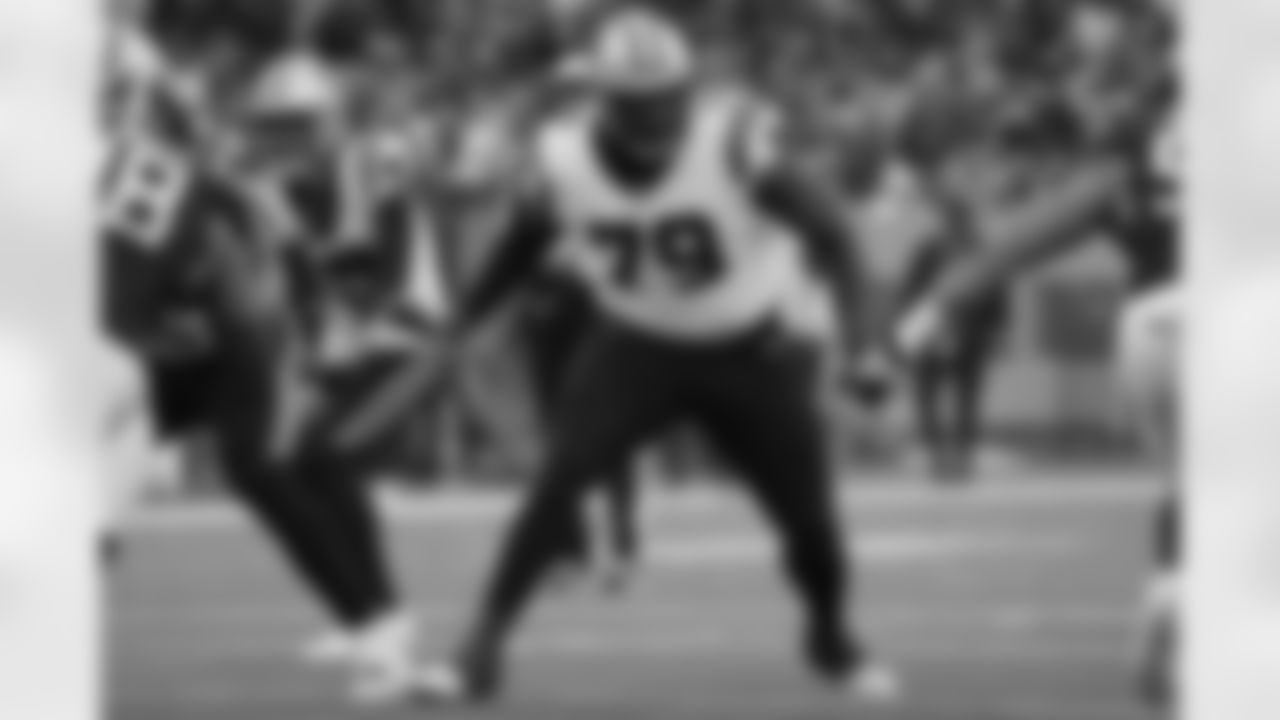
OT Ikem Ekwonu - Carolina Panthers (2022)
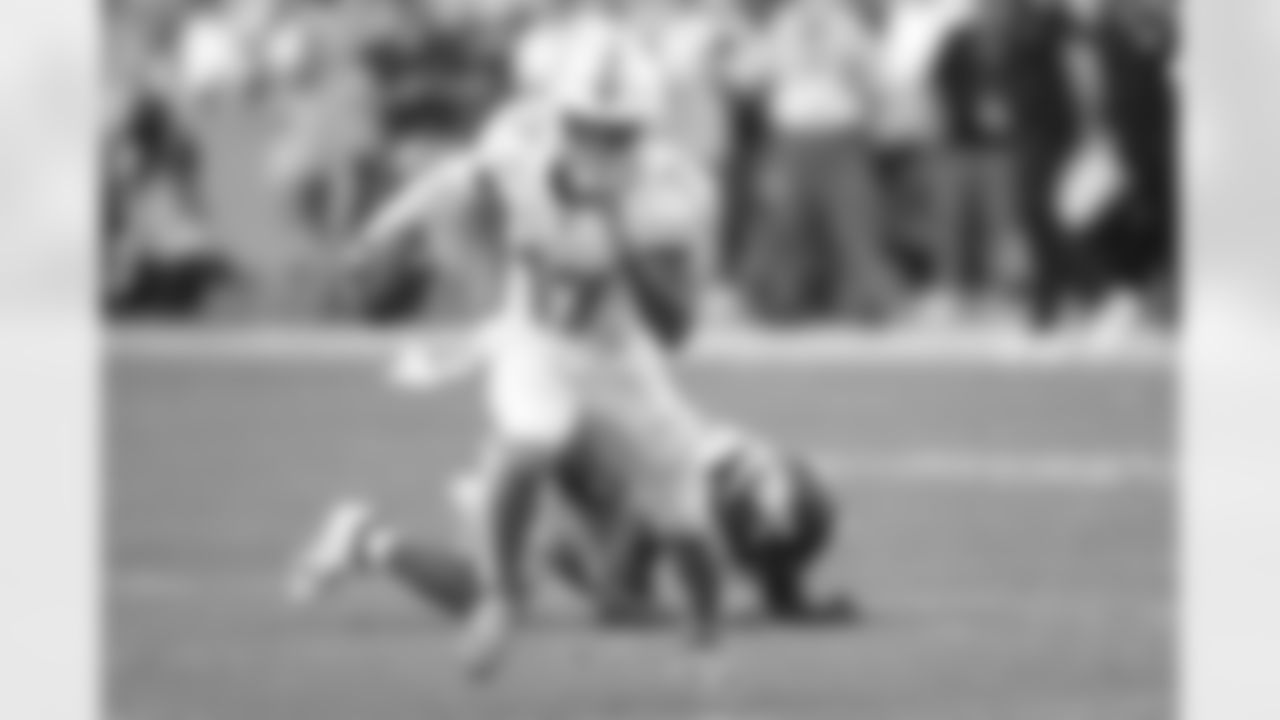
WR Jaylen Waddle - Miami Dolphins (2021)

QB Justin Herbert - Los Angeles Chargers (2020)

QB Daniel Jones - New York Giants (2019)

G Quenton Nelson - Indianapolis Colts (2018)

S Jamal Adams - New York Jets (2017)

OT Ronnie Stanley - Baltimore Ravens (2016)

DE Leonard Williams - New York Jets (2015)

OT Jake Matthews - Atlanta Falcons (2014)

DE Barkevious Mingo - Cleveland Browns (2013)

CB Morris Claiborne - Dallas Cowboys (2012)

WR Julio Jones - Atlanta Falcons (2011)
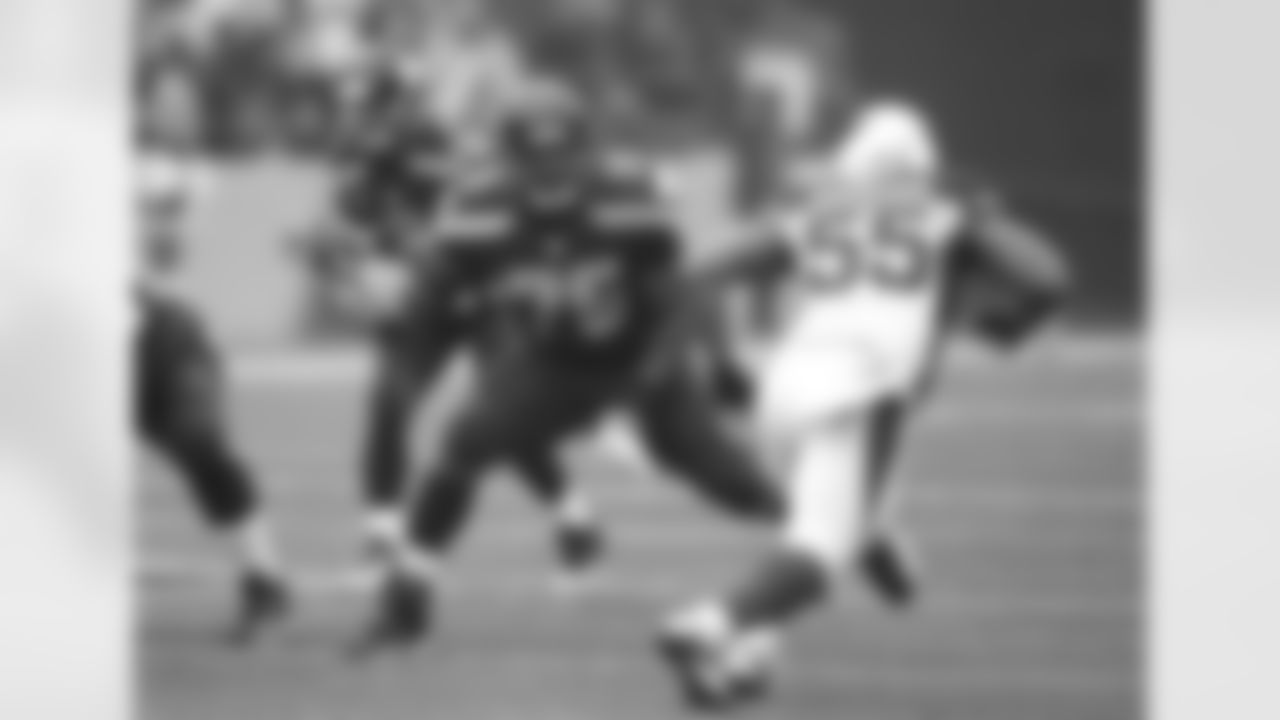
OT Russell Okung - Seattle Seahawks (2010)

OT Andre Smith - Cincinnati Bengals (2009)

LB Vernon Gholston - New York Jets (2008)

S LaRon Landry - Washington Redskins (2007)
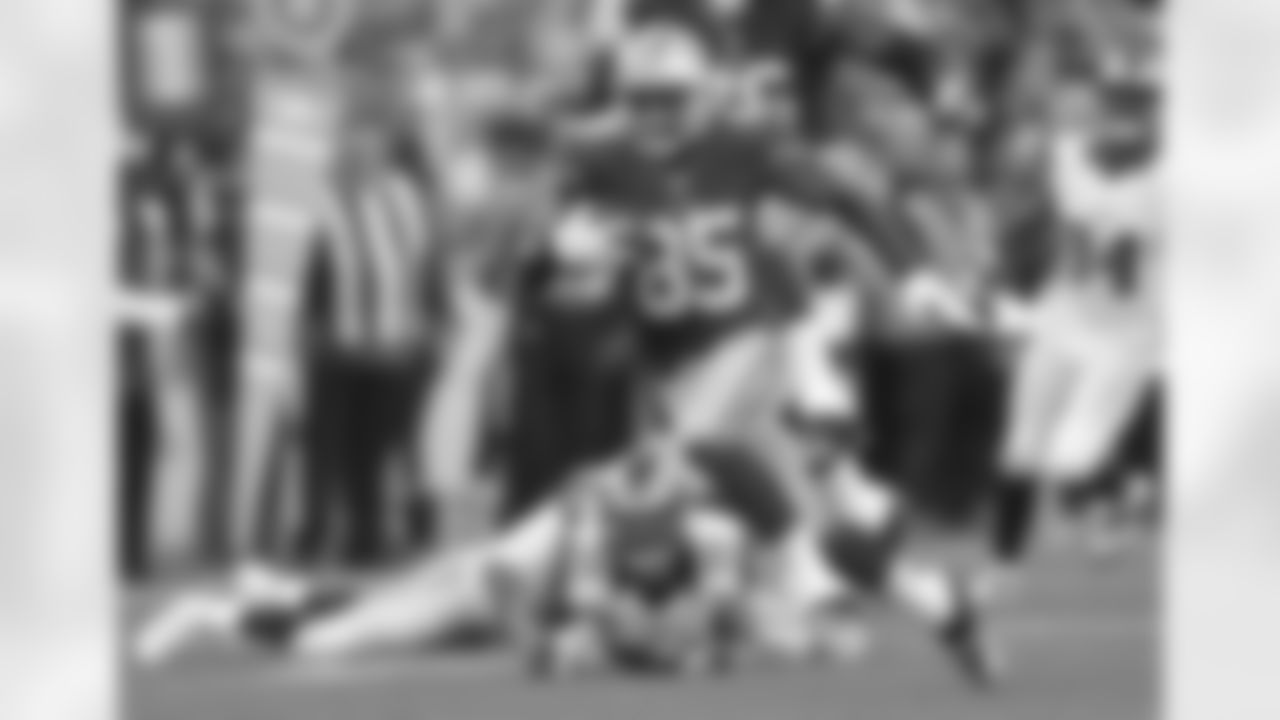
TE Vernon Davis - San Francisco 49ers (2006)

CB Adam "Pacman" Jones - Tennessee Titans (2005)

TE Kellen Winslow - Cleveland Browns (2004)

DT Johnathan Sullivan - New Orleans Saints (2003)

DT Ryan Sims - Kansas City Chiefs (2002)

DE Richard Seymour - New England Patriots (2001)

DT Corey Simon - Philadelphia Eagles (2000)
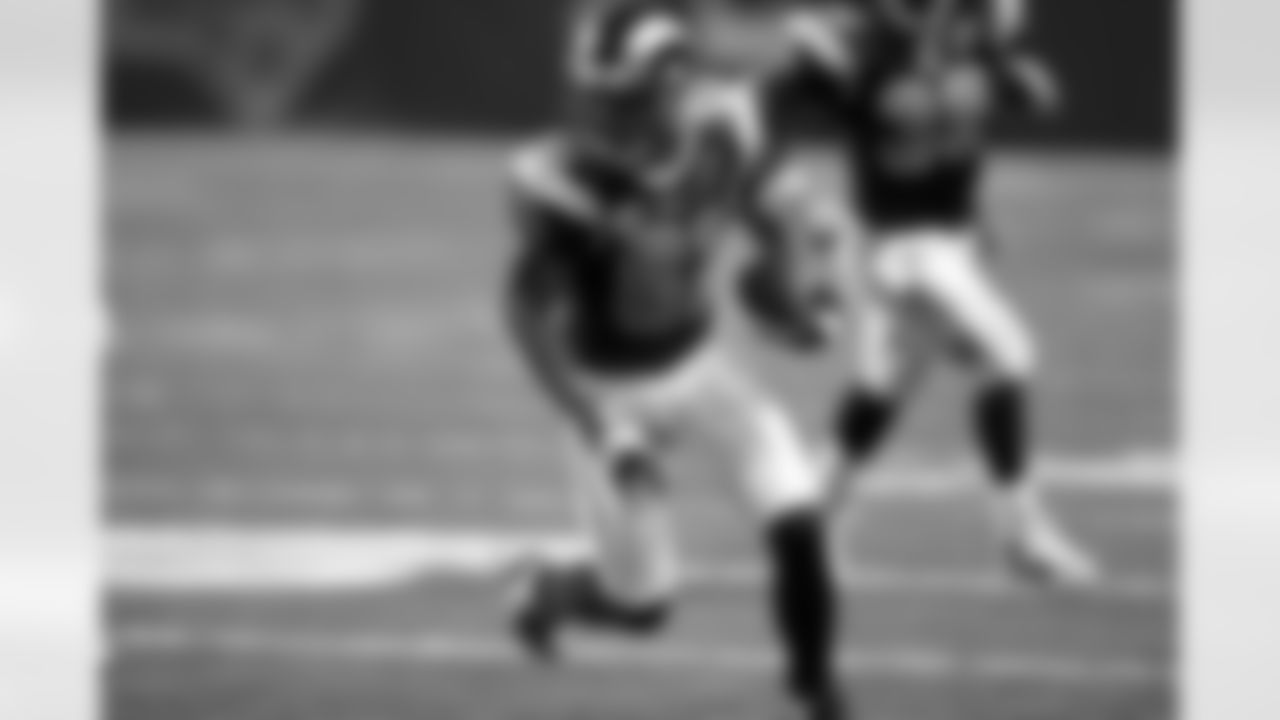
WR Torry Holt - St. Louis Rams (1999)
HOW THE NFL DRAFT ORDER IS DETERMINED
Currently, each of the 32 clubs receives one pick in each of the seven rounds of the NFL Draft (the number of teams drafting has changed over time, and there have been as many as 30 rounds in a single draft).
The order of selection is determined by the reverse order of finish in the previous season. Barring any trades between clubs, each round starts with the team that finished with the worst record and ends with the Super Bowl champions.
Teams that didn't qualify for the playoffs are assigned draft slots 1-20. The order is determined by the standings at the end of the regular season: The club with the worst record will pick first, and the one with the best record will pick 20th.
Teams that did qualify for the playoffs are assigned draft slots 21-32. The order is determined by the results of the previous year's postseason play:
- The four teams eliminated in the wild card round pick in slots 21-24 in the reverse order of their final regular season records.
- The four teams eliminated in the divisional round pick in slots 25-28 in the reverse order of their final regular season records.
- The two teams that lost in the conference championships pick in the 29th and 30th spots in the reverse order of their final regular season records.
- The team that lost the Super Bowl has the 31st pick in the draft.
- The Super Bowl champion has the 32nd and final spot in each round.
In situations where teams finished the previous season with identical records, the determination of draft position is decided by strength of schedule — the aggregate winning percentage of a team's opponents. The team that played the schedule with the lowest winning percentage will be awarded the higher pick.
If the teams have the same strength of schedule, division or conference tiebreakers are applied. If the divisional or conference tiebreakers are not applicable, or ties still exist between teams of different conferences, ties will be broken the following tie-breaking method:
- Head-to-head, if applicable
- Best won-lost-tied percentage in common games (minimum of four)
- Strength of victory in all games
- Best combined ranking among all teams in points scored and points allowed in all games
- Best net points in all games
- Best net touchdowns in all games
- Coin toss
COMPENSATORY PICKS
Under the terms of the NFL's collective bargaining agreement, the league also can assign as many as 32 additional "compensatory free agent" picks, which allow clubs that have lost free agents to another team to use the draft to try to fill the void. The awarded picks take place at the end of the third through seventh round.
Compensatory free agents are determined by a proprietary formula, developed by the NFL Management Council, which considers a player's salary, playing time and postseason honors.
The value of the compensatory free agents gained or lost by each team is totaled, and a team is awarded picks of equal value to the net loss of compensatory free agents, up to a maximum of four.
Starting in 2017, compensatory picks may be traded.
View photos of notable players selected with the No. 6 pick in the NFL Draft.
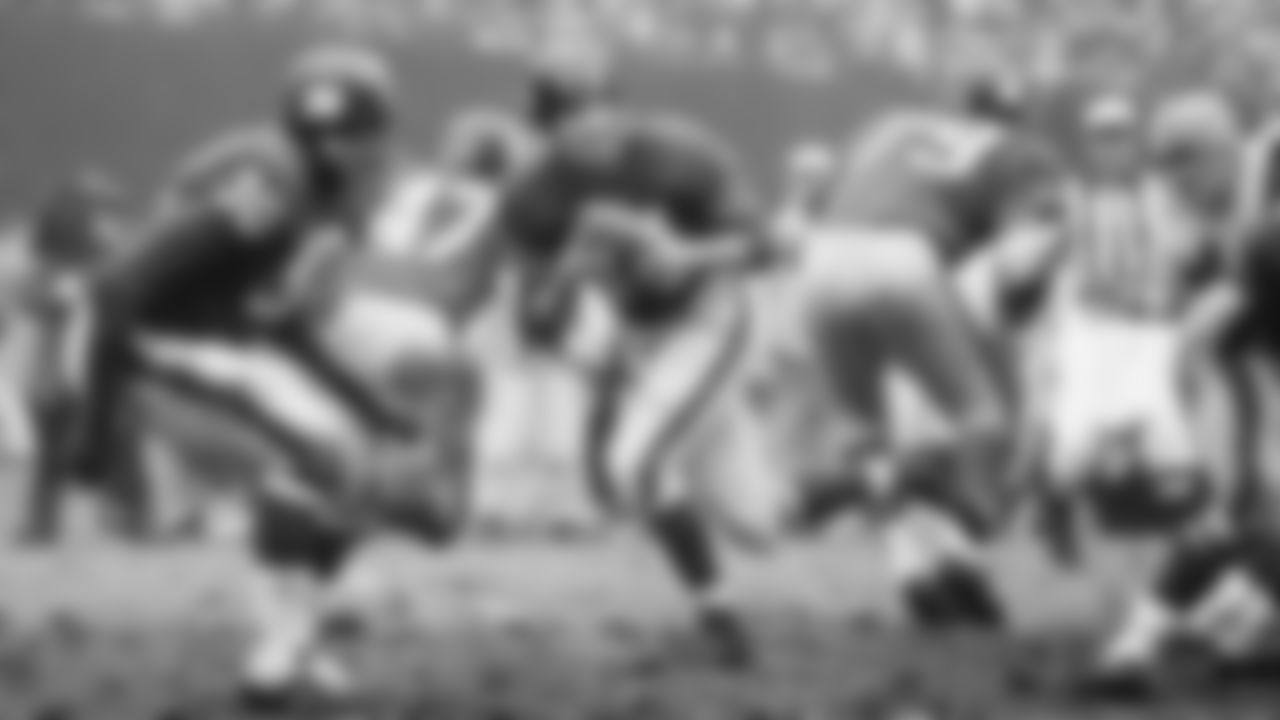

1936 - OT Joe Stydahar (Pro Football Hall of Fame)

1937 - QB Sammy Baugh (Pro Football Hall of Fame)
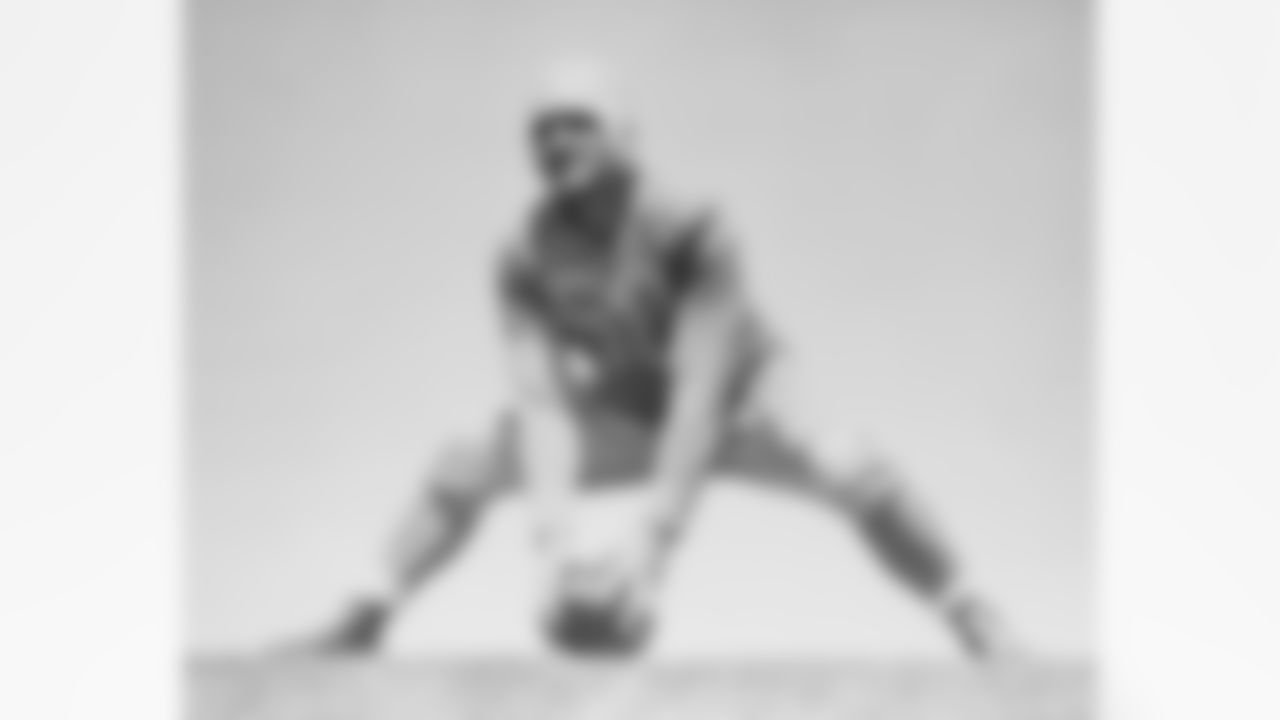
1938 - C Alex Wojciechowicz (Pro Football Hall of Fame)
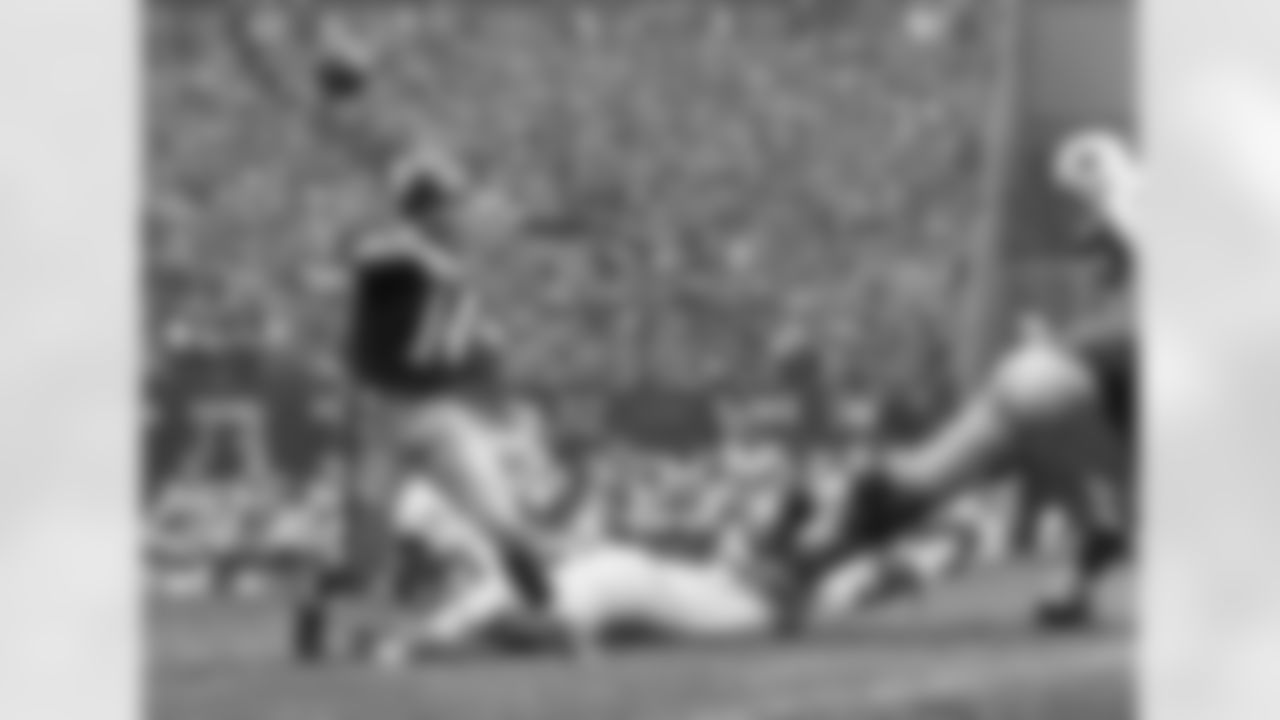
1948 - QB Y.A. Tittle (Pro Football Hall of Fame)
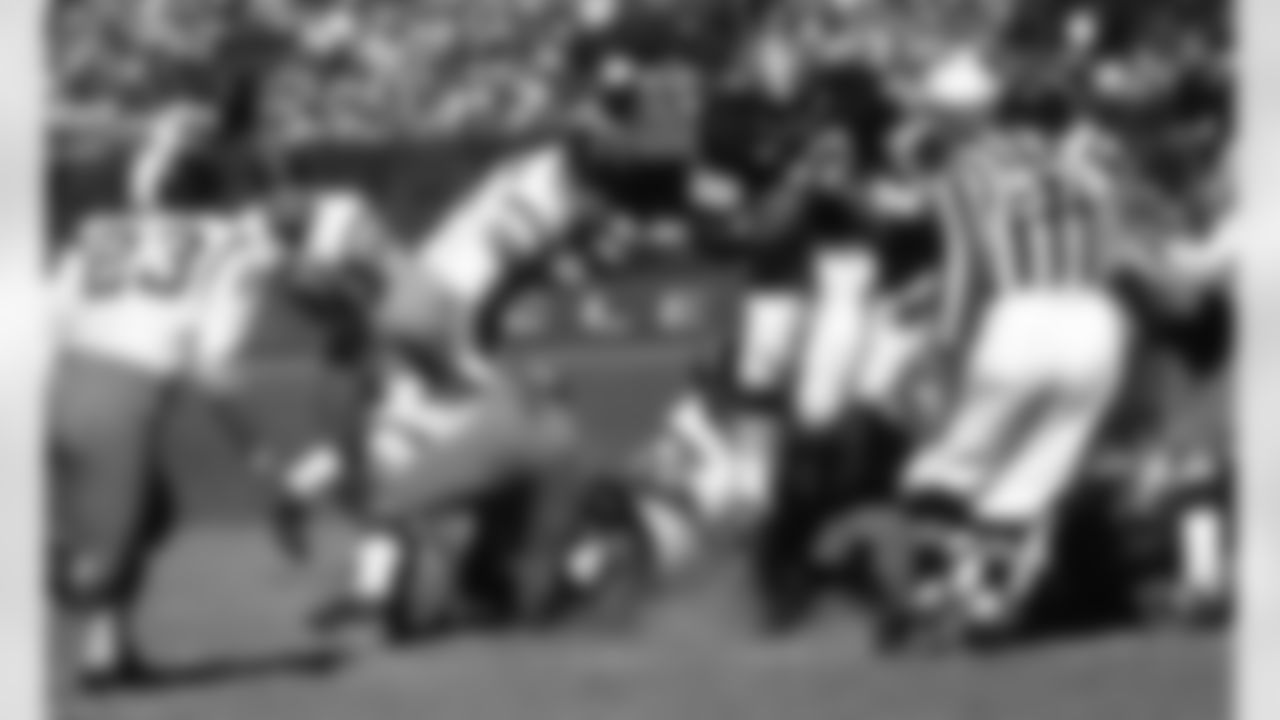
1957 - FB Jim Brown (Pro Football Hall of Fame)

1961 - CB Jimmy Johnson (Pro Football Hall of Fame)

1964 - DE Carl Eller (Pro Football Hall of Fame)
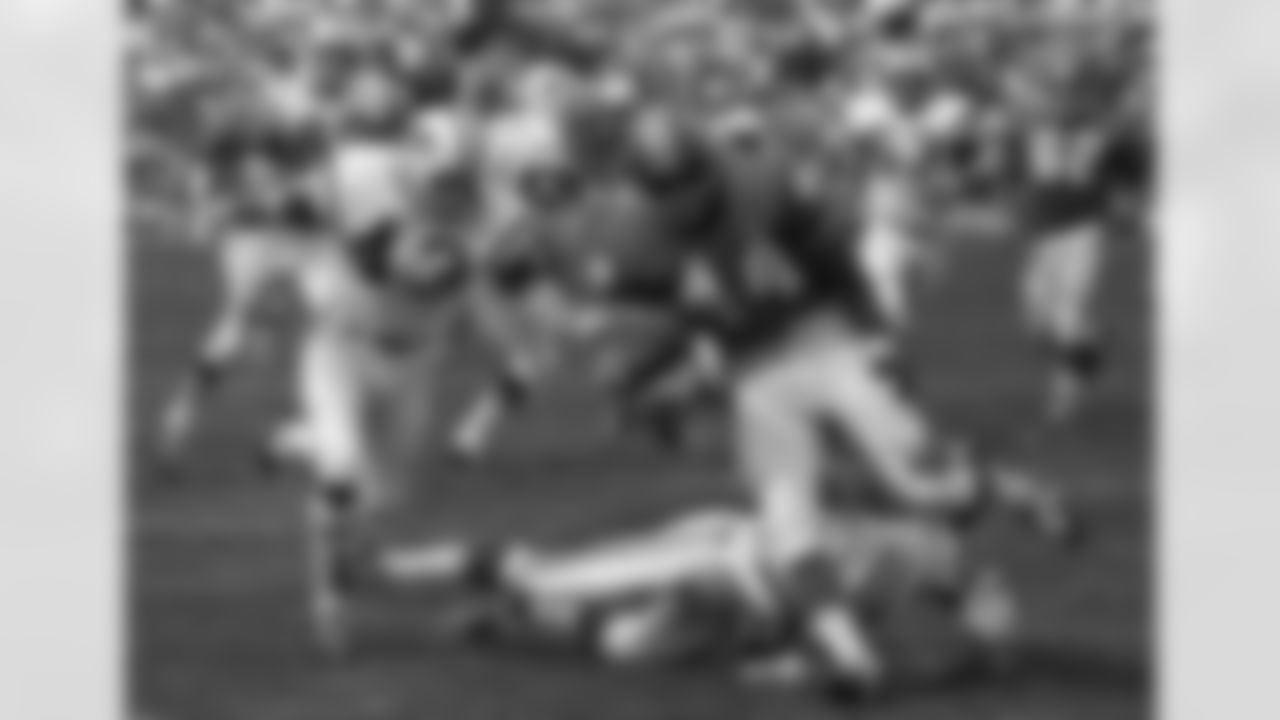
1967 - RB Floyd Little (Pro Football Hall of Fame)

1971 - RB John Riggins (Pro Football Hall of Fame)

1975 - LB Robert Brazile (Pro Football Hall of Fame)

1978 - WR James Lofton (Pro Football Hall of Fame)

1986 - OT Jimbo Covert (Pro Football Hall of Fame)

1988 - WR Tim Brown (Pro Football Hall of Fame)

1997 - OT Walter Jones (Pro Football Hall of Fame)

2001 - DE Richard Seymour (Pro Football Hall of Fame)

1985 - OT Lomas Brown

1994 - QB Trent Dilfer

1995 - DE Kevin Carter
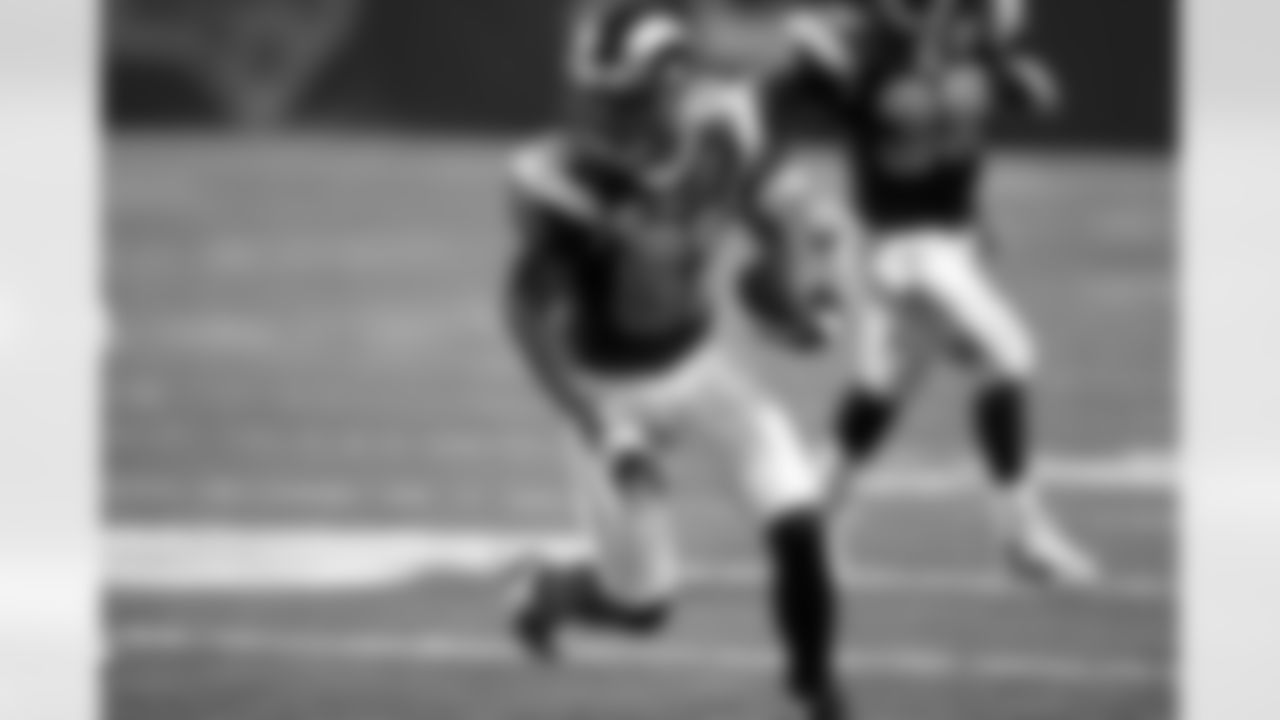
1999 - WR Torry Holt

2006 - TE Vernon Davis

2010 - OT Russell Okung

2011 - WR Julio Jones

2014 - OT Jake Matthews

2015 - DE Leonard Williams

2016 - OT Ronnie Stanley

2017 - S Jamal Adams

2019 - QB Daniel Jones

2020 - QB Justin Herbert
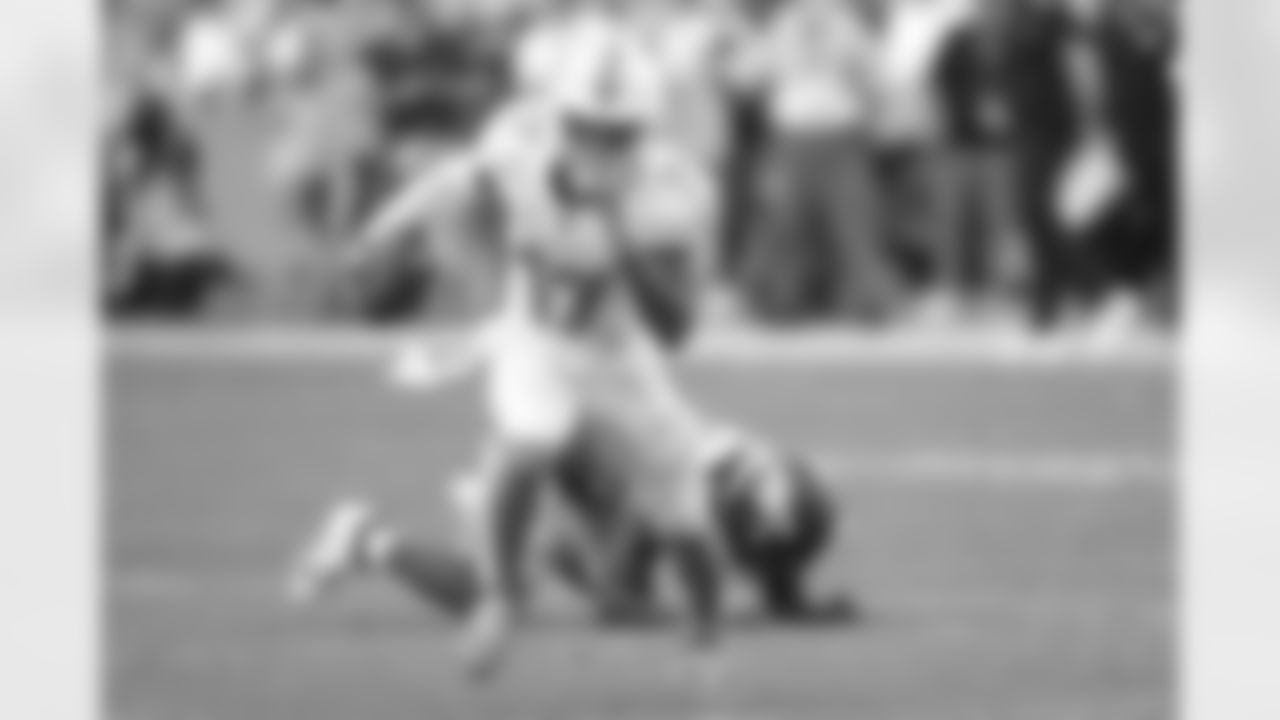
2021 - WR Jaylen Waddle
















